Antarctic & Chile Expedition - December 2006
MS Nordnorge - Hurtigruten
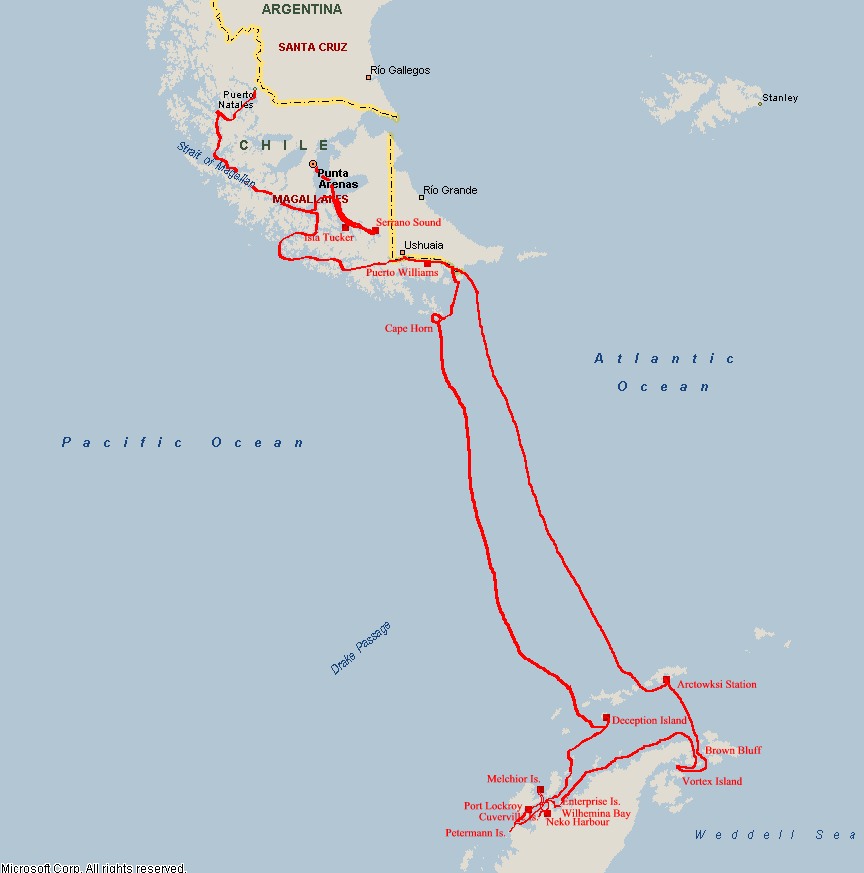
Itinerary
Ushuaia Argentina through the Drake Passage to Arctowski Station (Polish base on King George Is., South Shetland Islands (1-3 Dec 2006)
Arctowski to Weddell Sea (Brown Bluff and Vortex Is.) - Stopped by sea ice(3-4 Dec 2006)
Weddell Sea to Paradise Bay (4-5 Dec 2006)
Paradise Bay to Neko Harbour on Antarctica Mainland then to Melchior Islands (6 Dec 2006)
Paradise Bay to Port Lockroy (Goudier Is.) then to Petermann Is. Sailed through the Lemaire Channel and Neumayer Passage (7 Dec 2006)
Whalers Bay, Deception Is., South Shetland Islands (8 Dec 2006)
Crossing Drake Passage to Puerto Williams, Chile. Circled Cape Horn (9-10 Dec 2006)
Sailed west coast of Chile and the Magellan Strait (11 Dec 2006)
Sailed through White Narrows into Puerto Natales Chile (12 Dec 2006)
Sailed Chilean fjords and Paseo de Montañas (13 Dec 2006)
Sailed into Serrano Sound to view glaciers, Then went to Isla Tucker to see Magellanic Penguin rookery and Cormorant nesting (14 Dec 2006)
Arrived Punta Arenas Chile (15 Dec 2006)
Background
Tourism in the Antarctic is controlled by IAATO regulations in order to preserve the beauty and fauna and flora of the White Continent. Many cruise lines cruise the area. But only a few are expeditions that include actual landings. No ship can carry more than 350 visitors. No more than 100 people are allowed on shore at any one time. Our ship the Nordnorge and her sister ship Nordkapp are under the Norwegian flag and does Antarctic duty every Antarctic Summer. The Nordnorge had a staff of several scientists who presented lectures on various aspects of Antarctica.
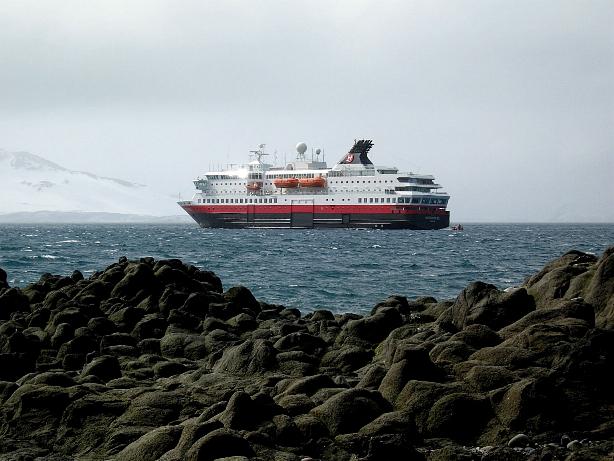
MS Nordnorge anchored at Admiralty Bay, King George Island, South Shetland Islands
Buenos Aires Argentina - 29 Nov - 1 Dec 2006
We spent two days in Buenos Aires. A radio ham friend Horacio Ledo (LU4DXU) took us on a tour of the city. We visited the Argentine icebreaker Almiranta Irizar tied up at the wharf, She was being readied to carry personnel and supplies to the Argentine summer bases in Antarctica. We were able to tour the ship. After that we went to the old wharf area which is now upscale restaurants and shops utilizing the old warehouses. We visited the Corbeta Uruguay (Horacio knew the skipper Sr. Boero from his days in Antarctica). The Uruguay was the ship that rescued the Nordenskjöld and Larsen parties in 1903 after their ship the Antarctic was crushed by the ice and sank near Paulet Island in the Antarctic Sound. The Uruguay's captain at the rescue was Teniente Julian Irizar. This is the same Irizar that made Admiral and is the namesake of the icebreaker we visited!
We had a nice stay in Buenos Aires and enjoyed the world famous Argentine steaks. We highly recommend the parilla (beef restaurant) La Chacra at Av. Cordoba 941. On 1 Dec we flew to Ushuaia Argentina in Tierra del Fuego.
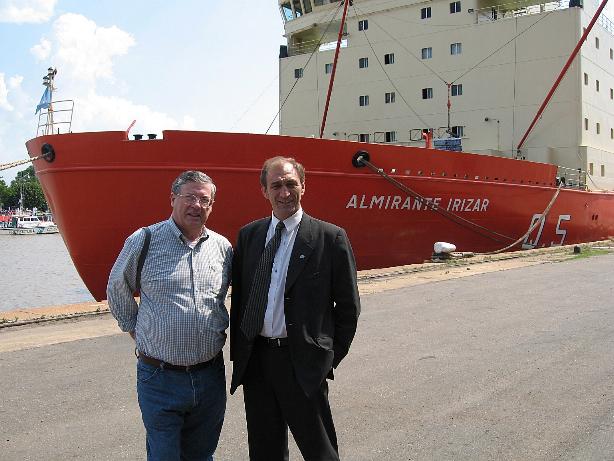
Phil (K6EID) and Horacio (LU4DXU) at Icebreaker Almirante Irizar
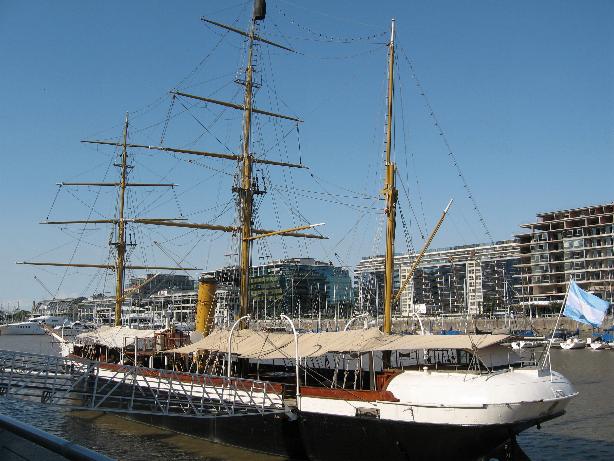
Corbeta Uruguay
Ushuaia Argentina 1 Dec 2006
Usluaia bills itself as the southernmost city in the world. It calls itself "Fin del Mundo" (End of the World). It is located on Isla Grande de Tierra del Fuego on the north shore of the Beagle Channel. It is the capital of Provincia de Tierra del Fuego, Antártida e Islas del Atlántico Sur. It is the departure point for most expeditions and cruises to Antarctica.
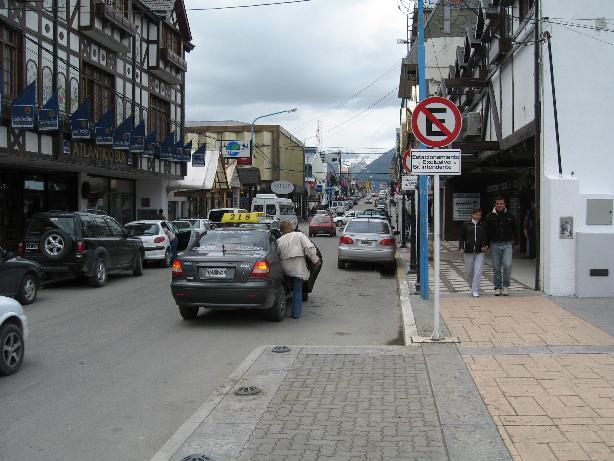
Ushuaia's main street San Martin
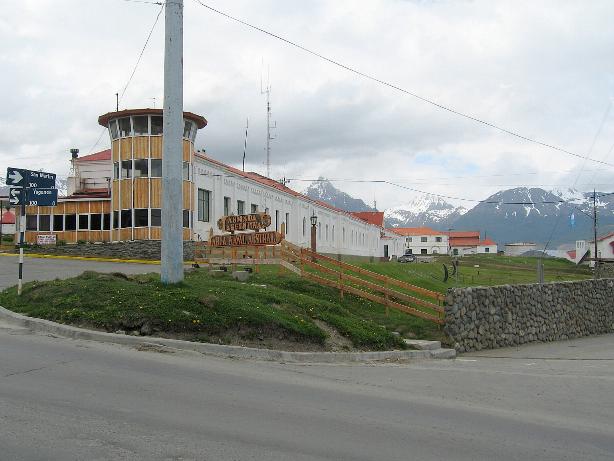
Argentine Navy Base Ushuaia with the Martial Mountains
Henryk Arctowski Polish Station, Admiralty Bay, King Goeorge Island - 3 Dec 2006
King George Island is the main island of the South Shetland Islands and is home to several scientific research stations from many countries (Poland, Argentina, Chile, Russia, Korea, China, Brazil, Spain, Uruguay, Peru and Chile). Polish base Arctowski was founded by the Polish Academy of Science in 1977.
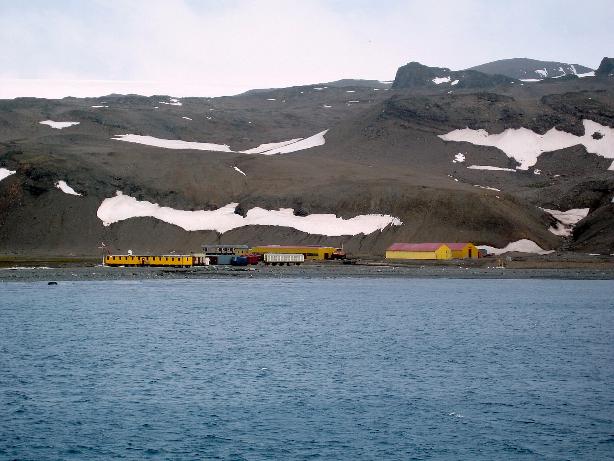
Polish Station Arctowski
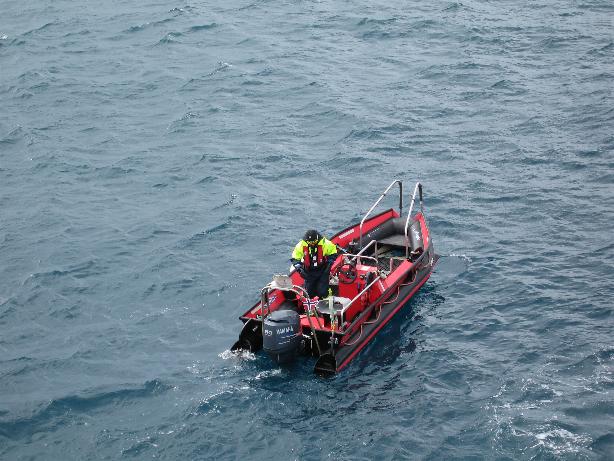
Polar Cirkel boats, our mode of transportation for landings
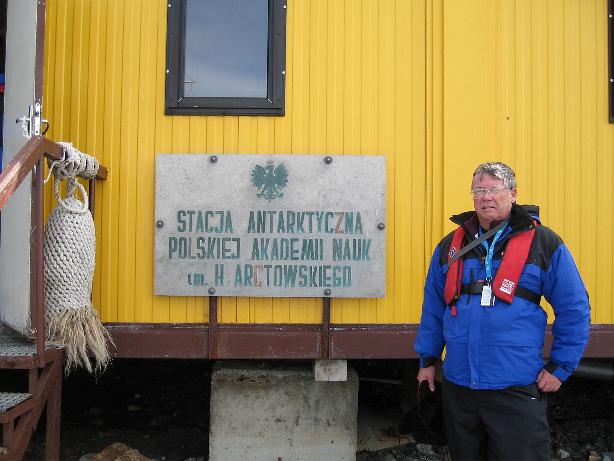
Phil at Visitor Center
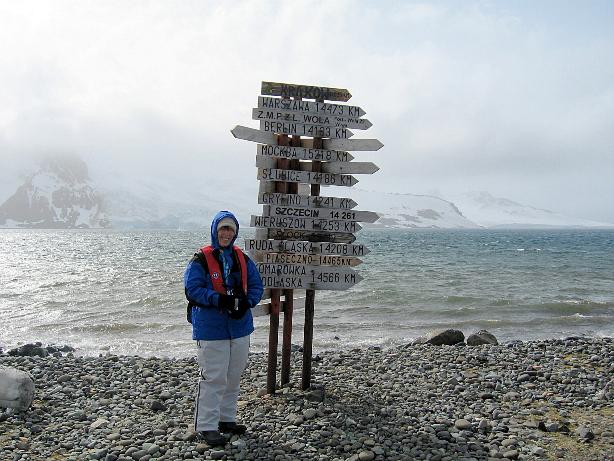
Marilyn at Arctowski direction/distance post

Adelie Penguin at Arctowski

Admiralty Bay
Weddell Sea - 4 Dec 2006
We passed through the Antarctic Sound with scheduled stops at Brown Bluff and the Argentine Esperanza Base at Hope Bay. We ran into pack ice that prevented either landing. We then proceeded to Vortex Island.
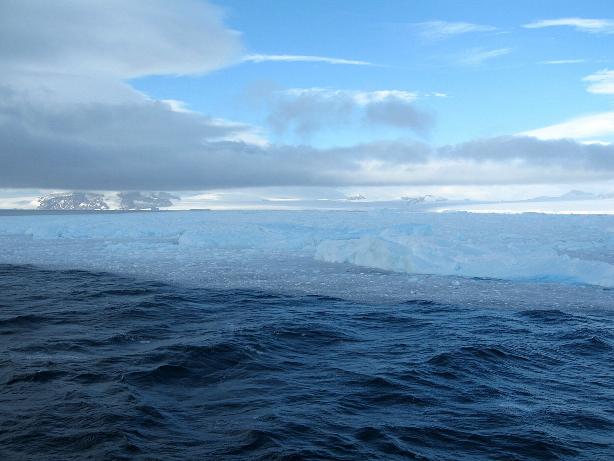
Pack ice and icebergs in the Weddell Sea

Antarctic Sound
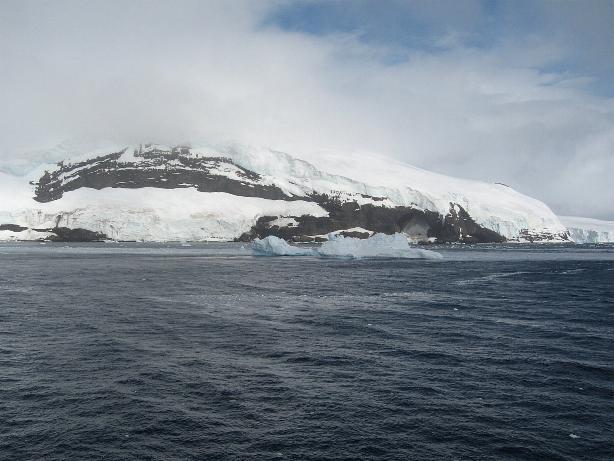
Antarctic Sound
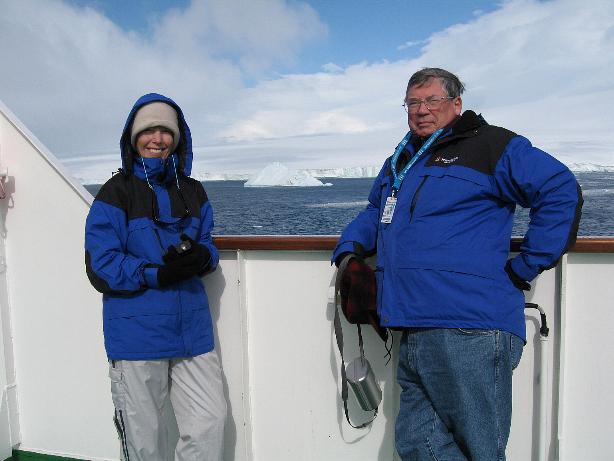
Marilyn and Phil in Weddell Sea
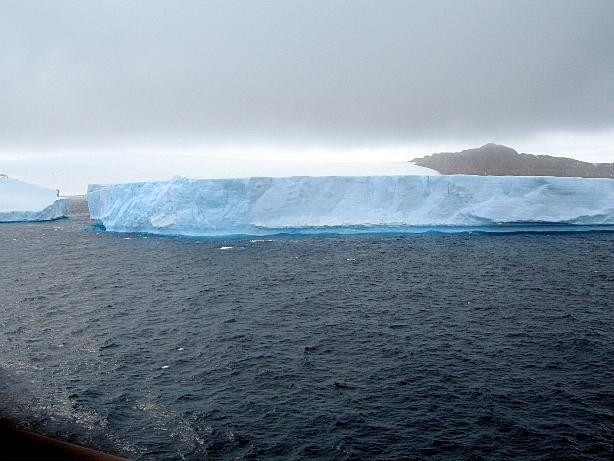
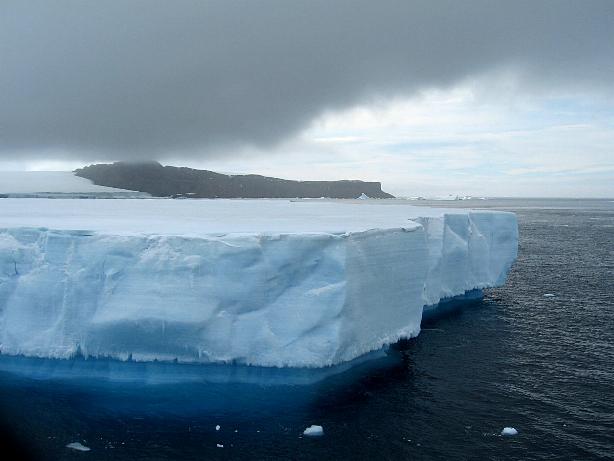

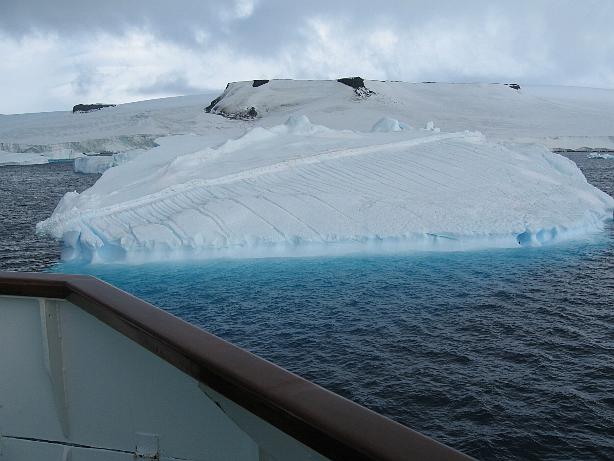
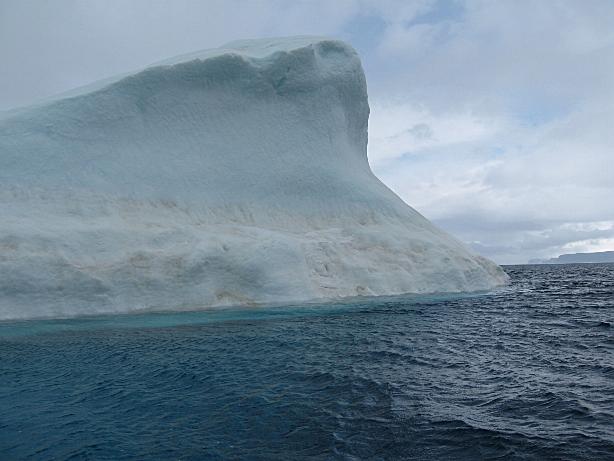
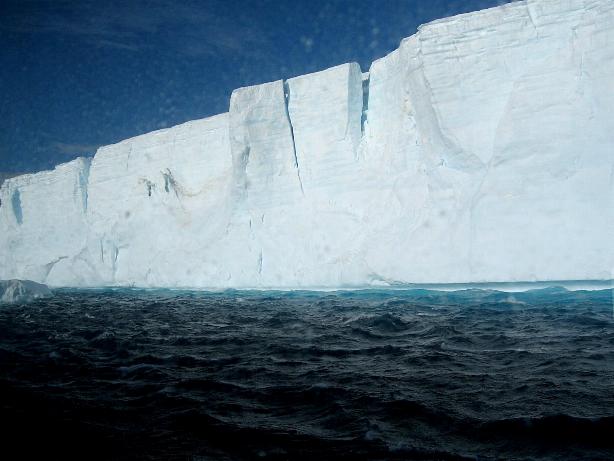
Icebergs in Weddell Sea

Brown Bluff
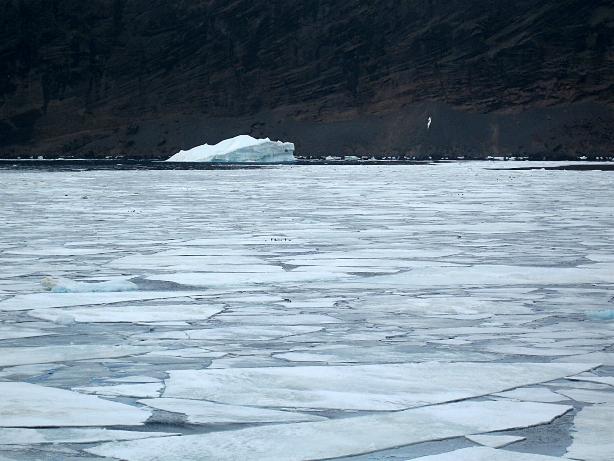
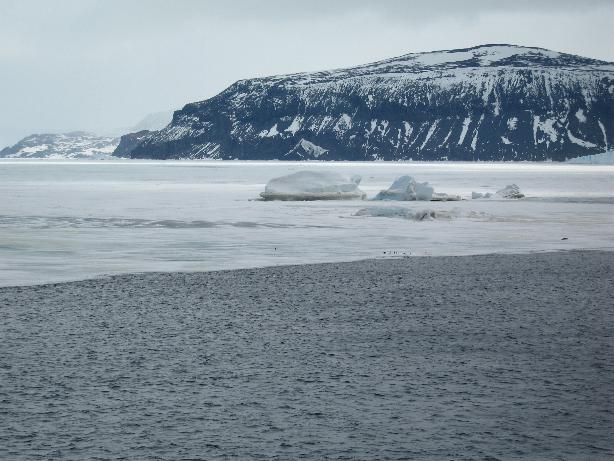
Penguins on sea ice (they are the tiny specks you see on the floe in the center)
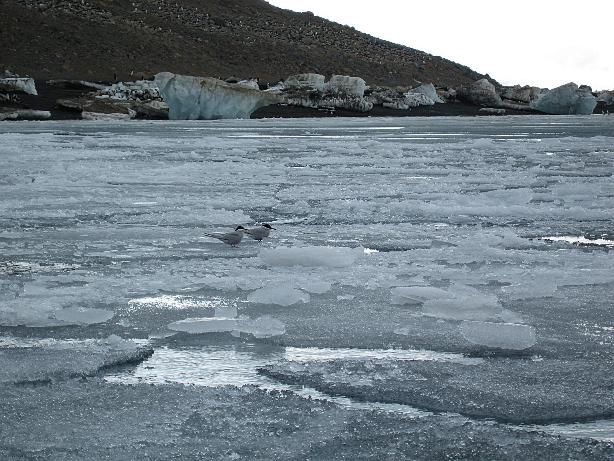
Antarctic Terns on sea ice

Crab Eater Seal on sea ice
On to Paradise Bay - 5 Dec 2006
We steamed through the Bransfield Strait and the Bismarck Strait. We proceeded to Wilhemina Bay where we cruised around the area. We then went to Enterprise Island where we had a Polar Cirkel boat tour of the area seeing a sunken ship that burned around 100 years ago and was beached and some wildlife. From there we steamed to Cuverville Island where we visited a Gentoo Penguin Rookery. The Skuas were trying to steal the penguin eggs and chicks. We made a video of the penguins protecting their nests against these predators. We then steamed into Paradise Bay where the ship anchored for the night.

Liege Island in Bismarck Strait

Polar Cirkel boat heading for Enterprise Island
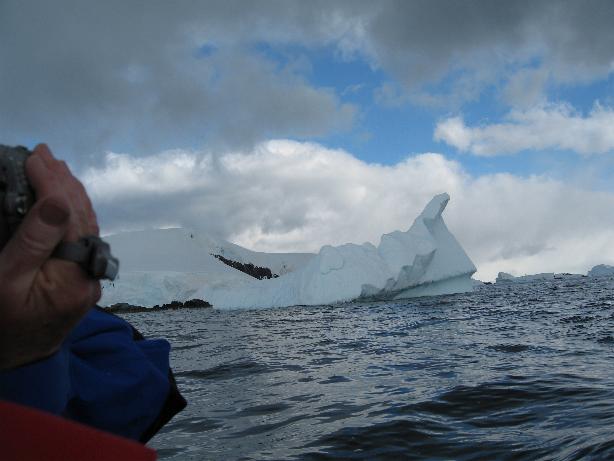
Our boat approaching Enterprise Island

Old whaling ship sunk at Enterprise Island
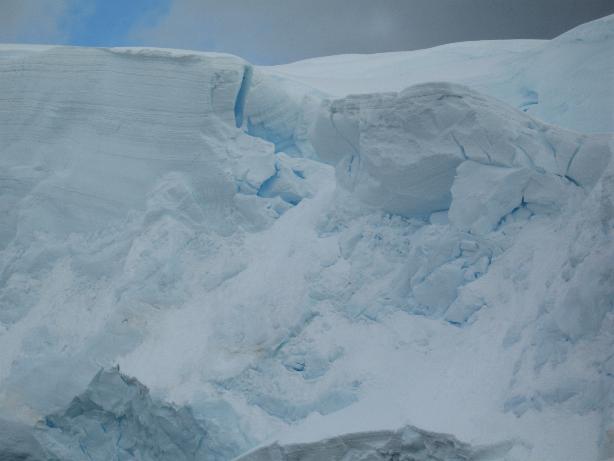
Ice shelf on Enterprise Island
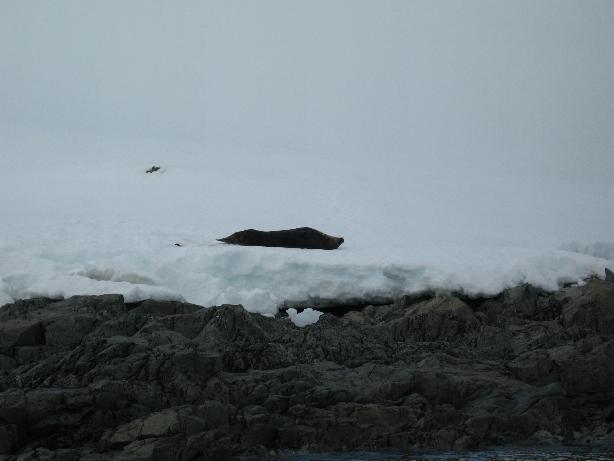
Waddell Seal on Enterprise Island
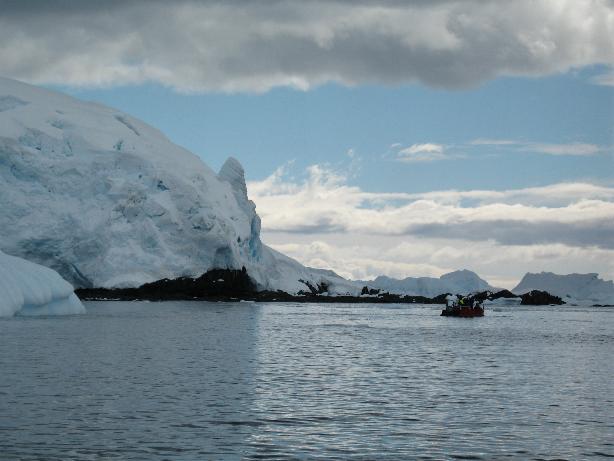
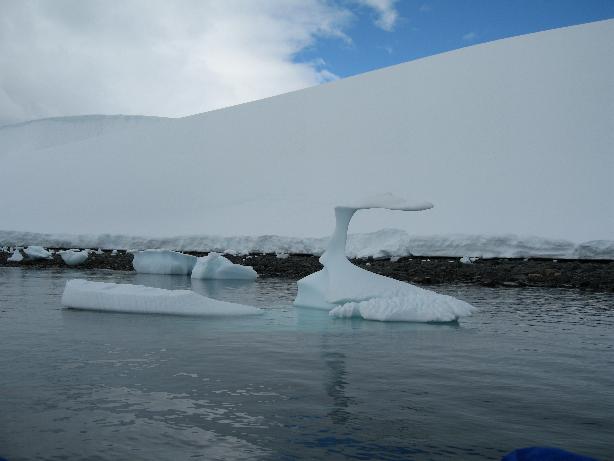
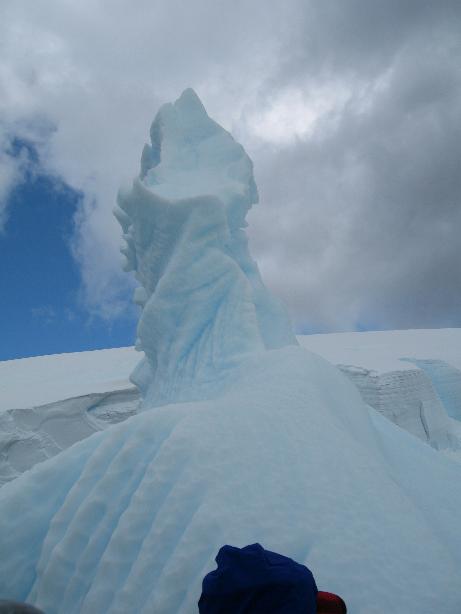
Enterprise Island
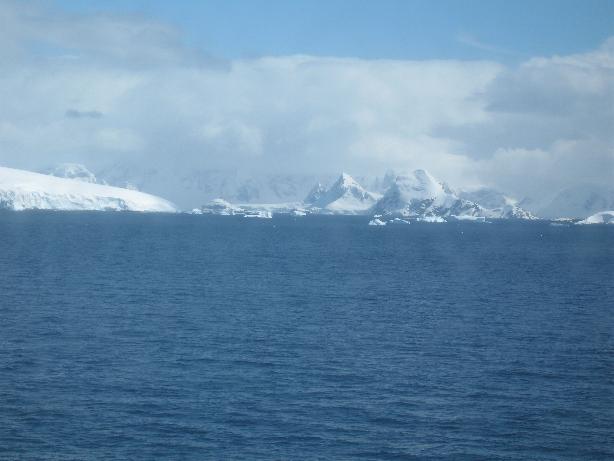
On the way to Cuverville Island
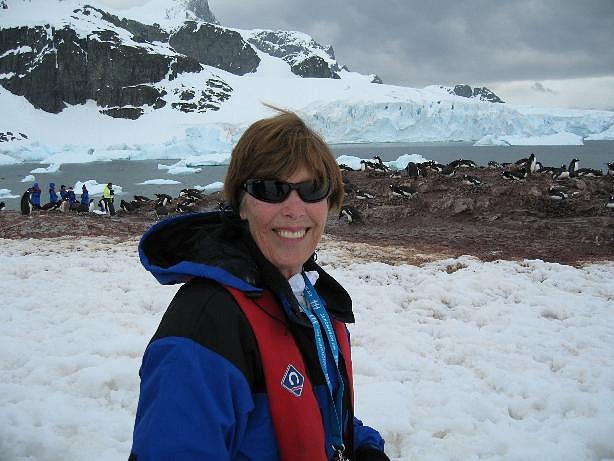
Marilyn at Gentoo Penguin rookery at Cuverville Island
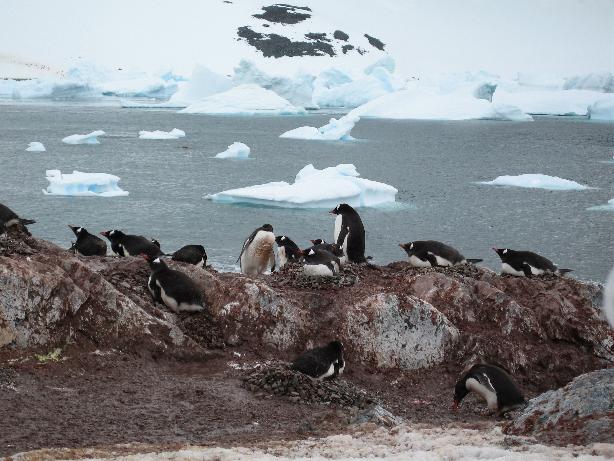
Gentoo Penguin rookery at Cuverville Island
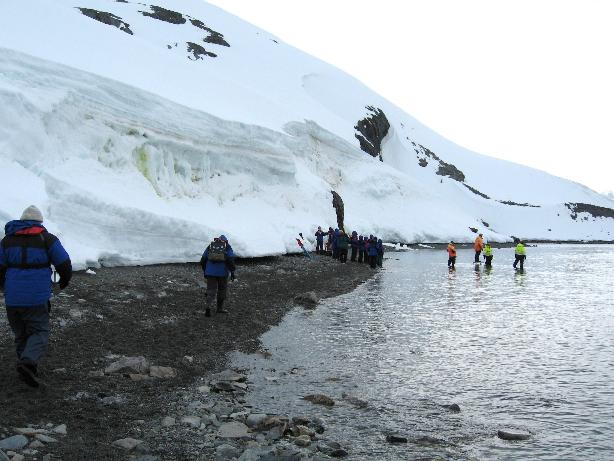
Waiting to board the Polar Cirkel boats
Paradise Bay - 6 Dec 2006
We spent the night anchored in Paradise Bay. We saw an old Chilean base named Gonzalez Videlia. From there we proceeded to Neko Harbour to make our only landing on the mainland of Antarctica. We then went to the Melchior Islands where we saw the Argentine Base which was not manned this early in summer.
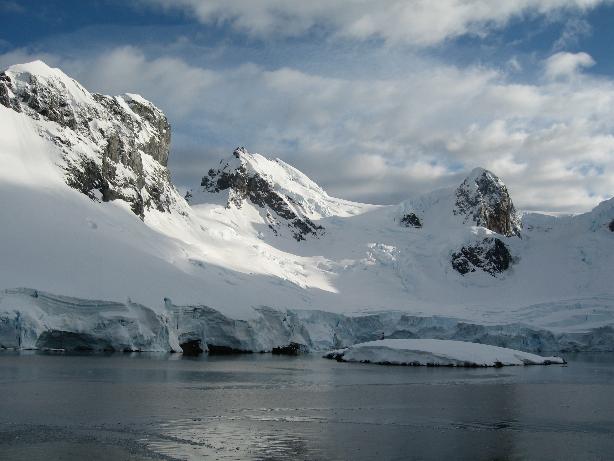
Paradise Bay
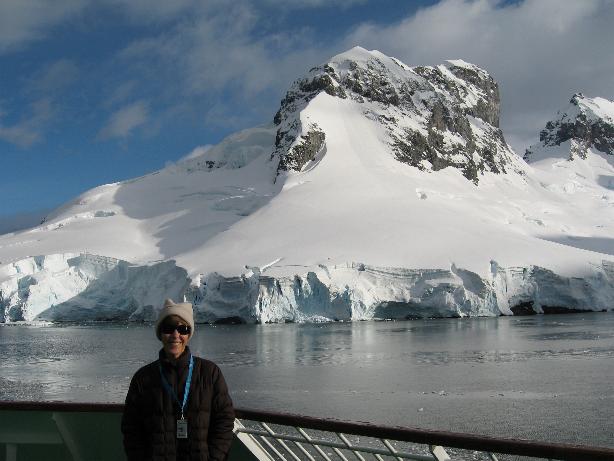
Marilyn at Paradise Bay
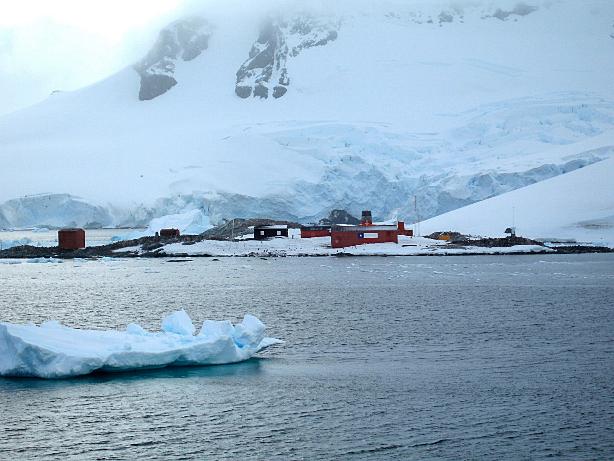
Chilean Gonzalez Videla Station
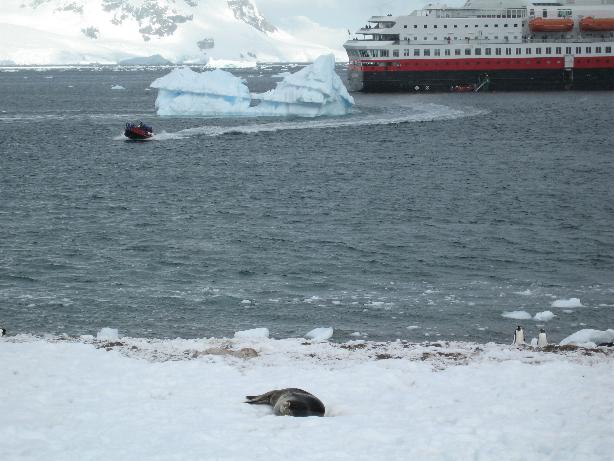
Landing at Neko Harbour on the Antarctica mainland
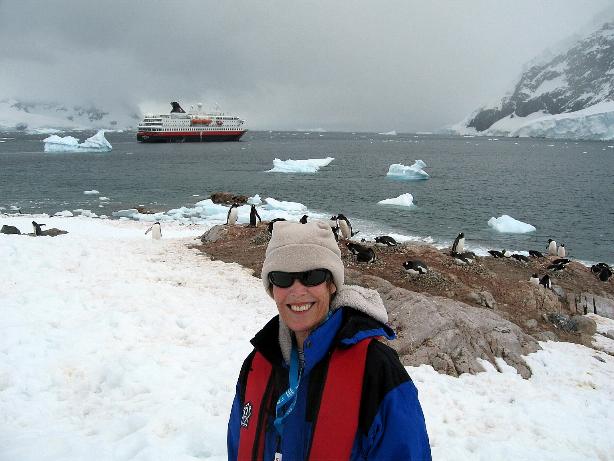
Marilyn at Gentoo Penguin rookery at Neko Harbour

Argentine Melchior Base - Melchior Islands
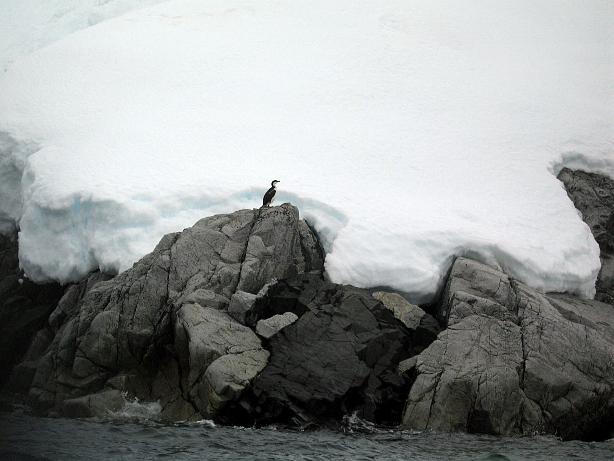
Cormorant at Melchior Islands
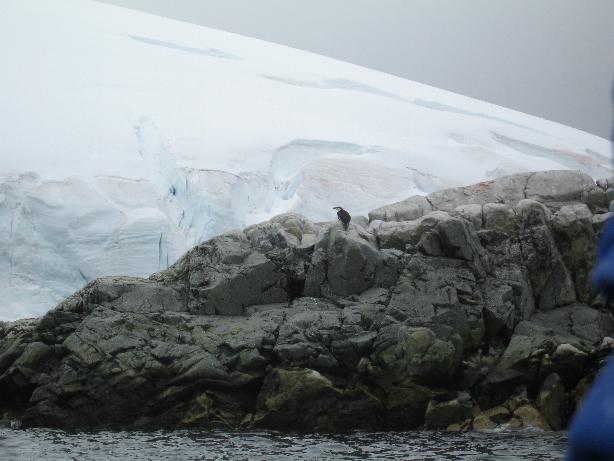
Chinstrap Penguin on Melchior Islands
Port Lockroy to Petermann Island - 7 Dec 2006
We first stopped at Port Lockroy (the old British Base "A" that was established during WWII). After that we sailed through the Lemaire Channel to Petermann Island, the most southern stop on our trip. Some shore parties made it but the weather worsened and our landing was scratched. We returned via the Lemaire Channel up through Neumayer Passage. We were delayed a couple of hours by a large iceberg that blocked the channel.

Port Lockroy on Goudier Island

How could I resist not checking out the radio room at Port Lockroy?
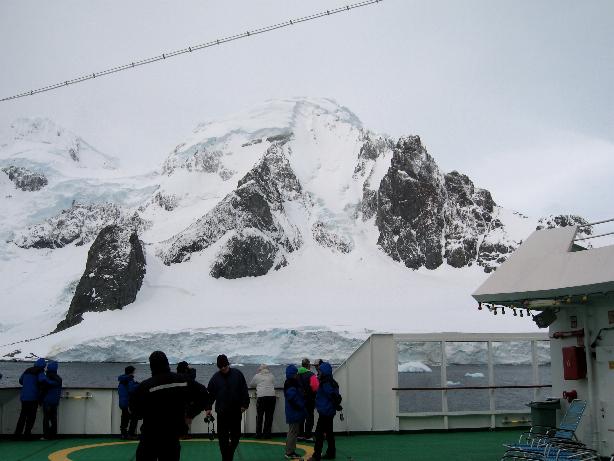

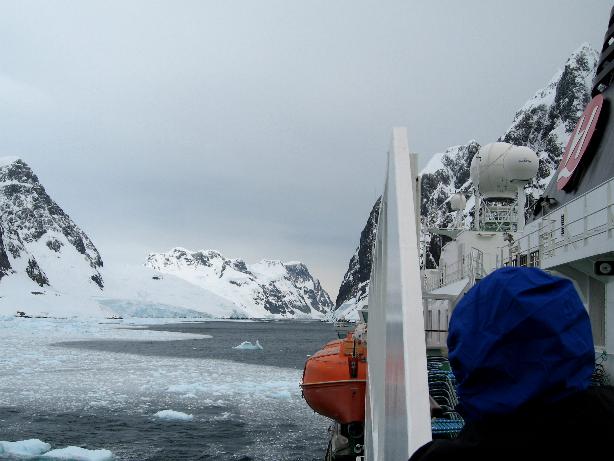

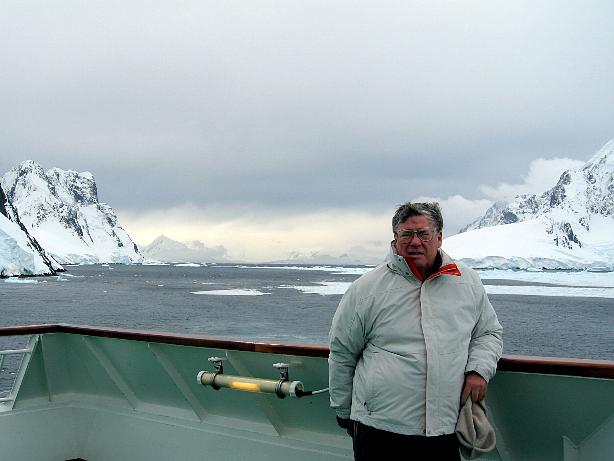
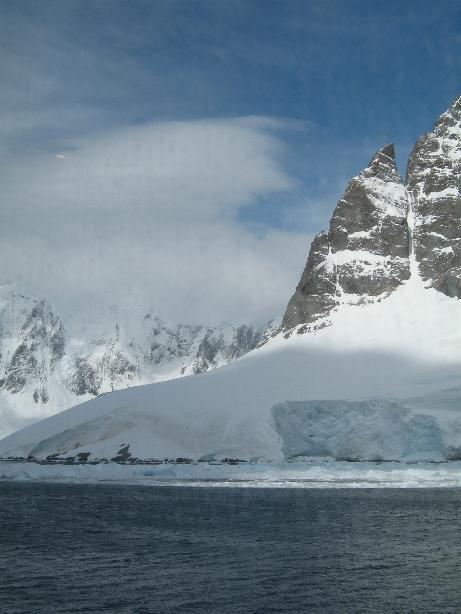
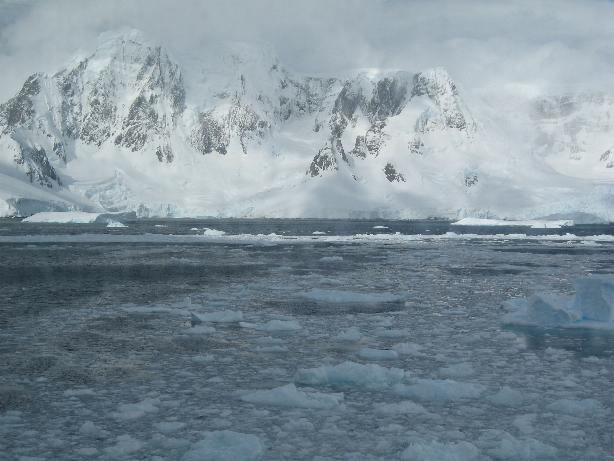
Steaming through the Lemaire Channel

Una's Tits at north end of Lemaire Channel (named for a buxom barmaid on South Georgia Island by her whaler customers)
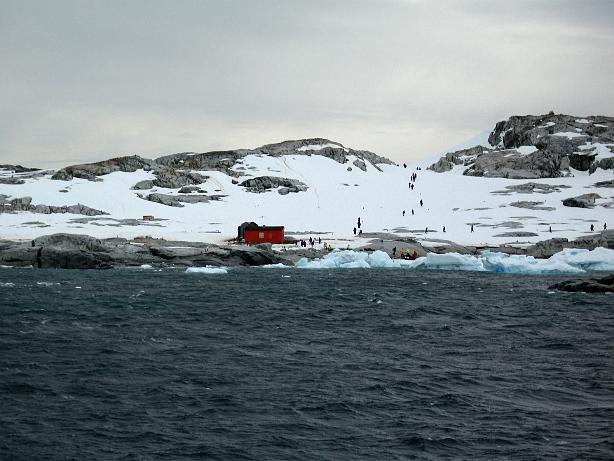
Petermann Island with Argentine Refuge Hut Groussac
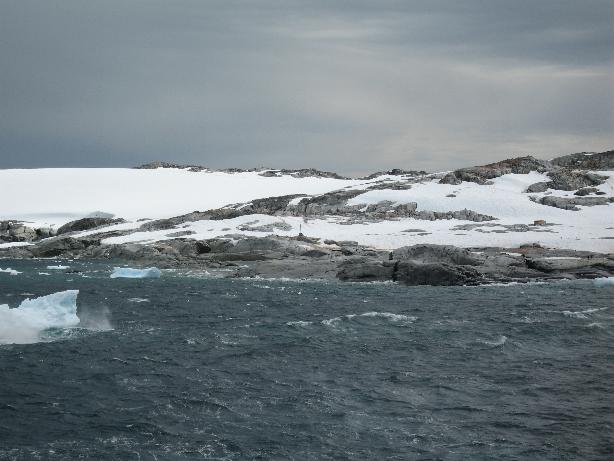
Cross (Memorial) to three Brits lost while transversing ice to Petermann Island
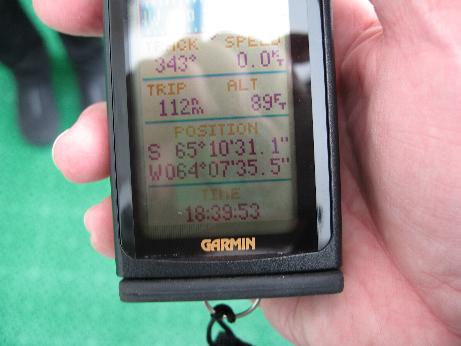
Coordinates for Petermann Island, southernmost point on the expedition
Whalers Bay, Deception Island, South Shetland Islands - 8 Dec 2006
We made our final stop in the Antarctic here at Deception Island. The island is a caldera of a volcano. There was a British Base here in WWII (designated as Base "B"). Prior to that it had been used by whalers and sealers. The volcano erupted in the 1950s and 1960s and the site was damaged by mudslides. The site has been designated as a historical monument. There are tanks that were used to heat and reduce the blubber to oil. There are hot springs below the surface and some brave visitors first leap into the cold bay waters and then immerse themselves in the pools of heated water to be able to say they swam in the Antarctic. We had two male passengers who skinny-dipped. Our female guide told us that with nude men, there is nothing to see (I guess it's the old adage about "shrinkage!").
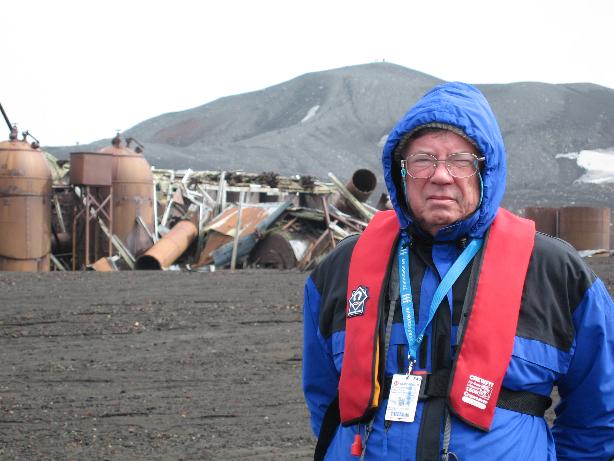
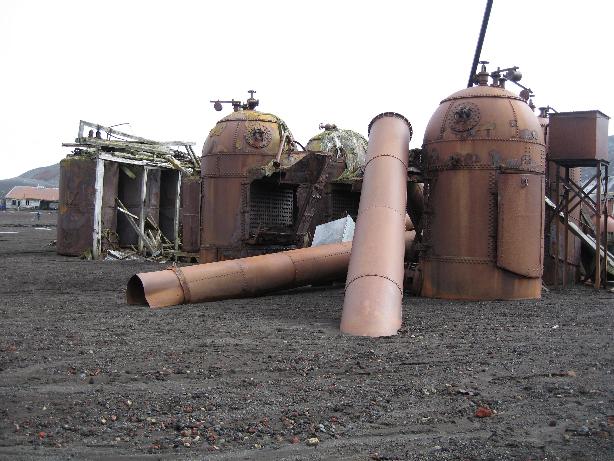
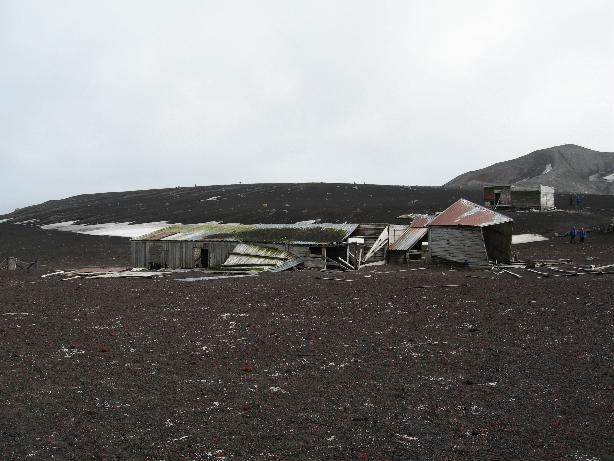
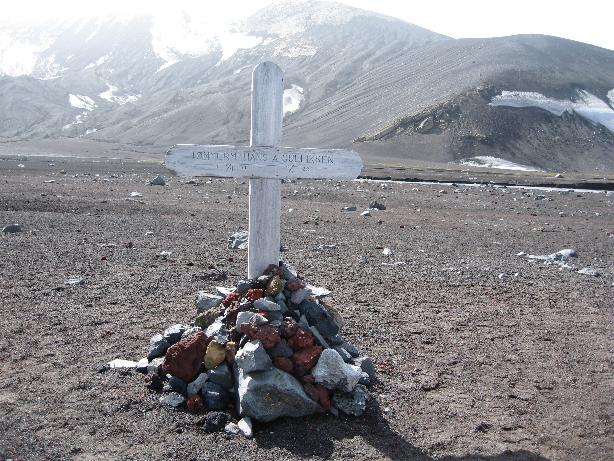
Grave marker of a Norwegian whaler who died in 1928

Neptune's Bellows (entrance to Deception Island)
Cape Horn and Puerto Williams Chile - 10 Dec 2006
We were unable to land at Cape Horn because of the weather after a very rough crossing of the Drake Passage (winds were about 50 mph and waves were 16 feet). Captain Arnvid Hansen circled the island for us before proceeding up to Puerto Williams Chile. Puerto Williams is a small town of around 2,000 people and it calls itself the southernmost town in the world. It is the capital of Provincia Antártica Chilena. There is a Chilean Navy Base here and the majority of the residents are Naval personnel and their families.

The lighthouse and residence of the lighthouse keeper and his family at Cape Horn
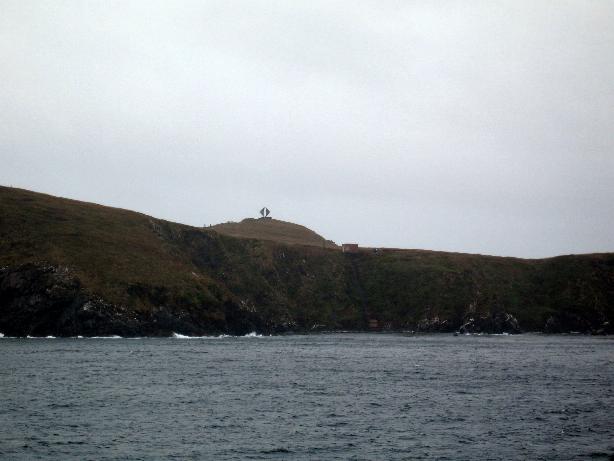
Memorial to the sailors who lost their lives in the Drake Passage. The memorial is two metal sheets with cut-outs to symbolize an albatross, who sailors believe is a dead mariner

Puerto Williams
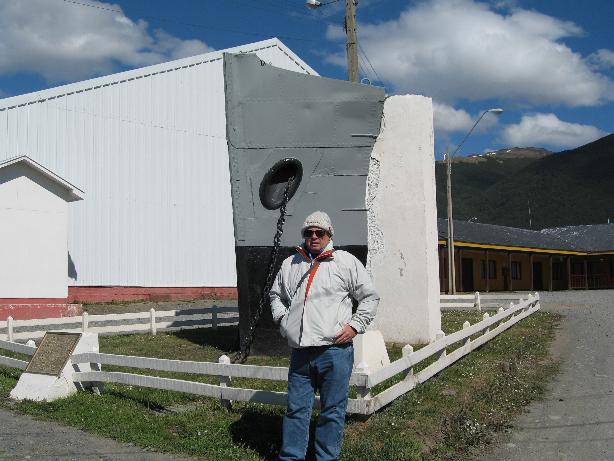
Prow of the Yelcho, the Chilean ship that rescued Shackleton's men from Elephant Island
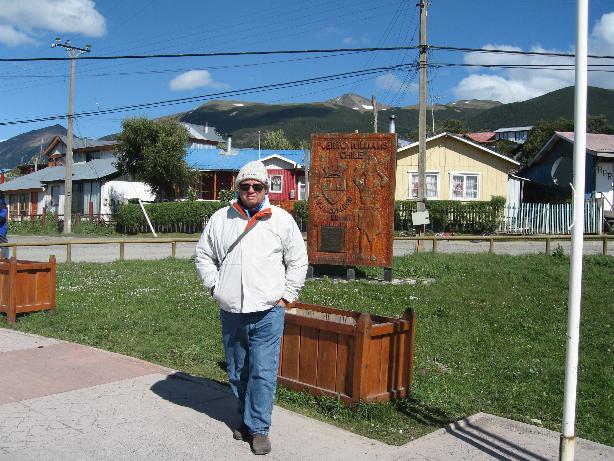
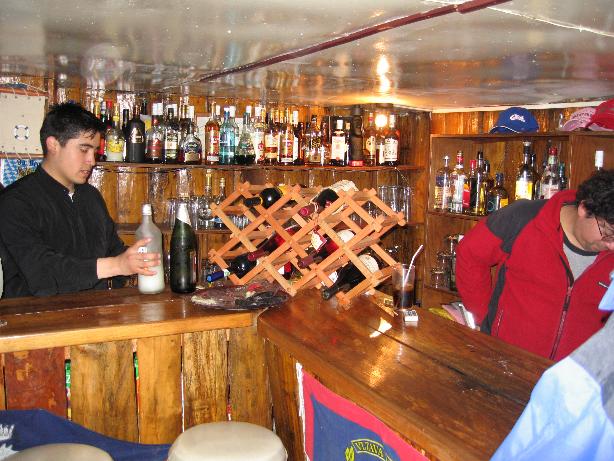
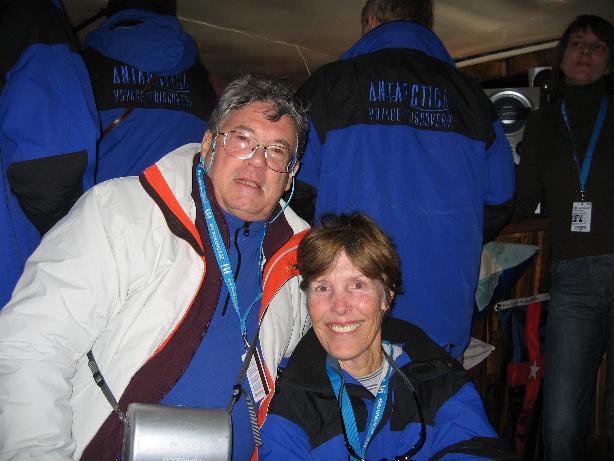
The bar at the Yacht Club on a beached German freighter
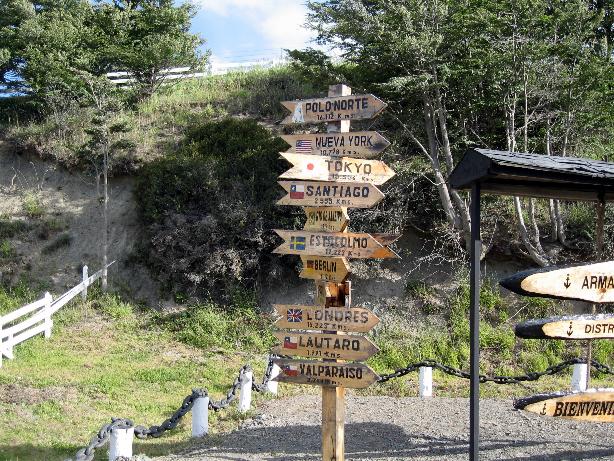
West Coast of Chile and Magellan Straits - 11 Dec 2006
We sailed along the west coastal islands of Chile until a bit after noon when we entered the Magellan Straits. The Portuguese explorer Fernão de Magalhães (Ferdinand Magellan) discovered the straits in 1520. Prior to this all ships had to cross by Cape Horn which was a very dangerous stretch of water.
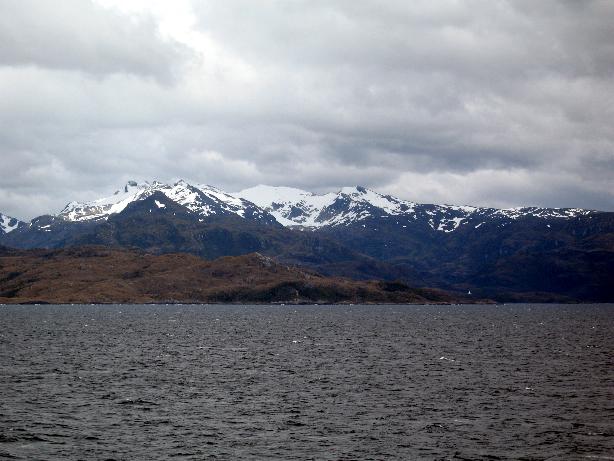
Approaching the Straits of Magellan
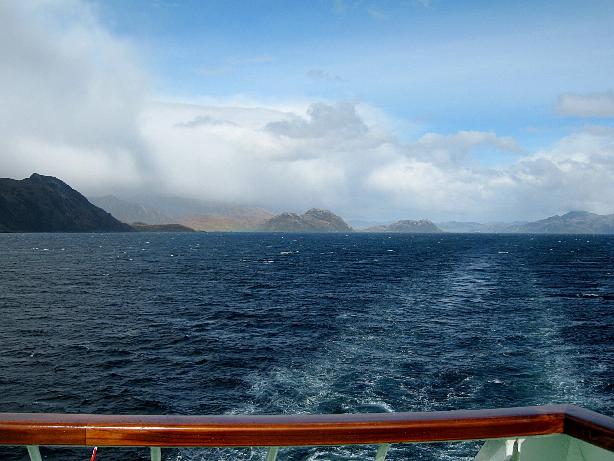
Steaming through the Straits
Puerto Natales Chile - 12 Dec 2006
We passed through the White Narrows at 0613 on the way to Puerto Natales in Patagonia. White Narrows is only 80 meters wide (the Nordnorge is 19.5 meters wide) and must be entered during special tidal conditions. We had a ten minute window to pass through. Puerto Natales was founded in 1911 and is the capital of the Province of Ultima Esperanza (Last Hope). It has around 20,000 inhabitants.
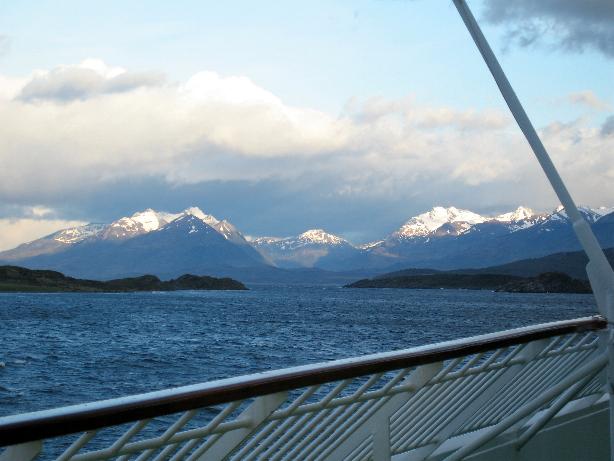
White Narrows
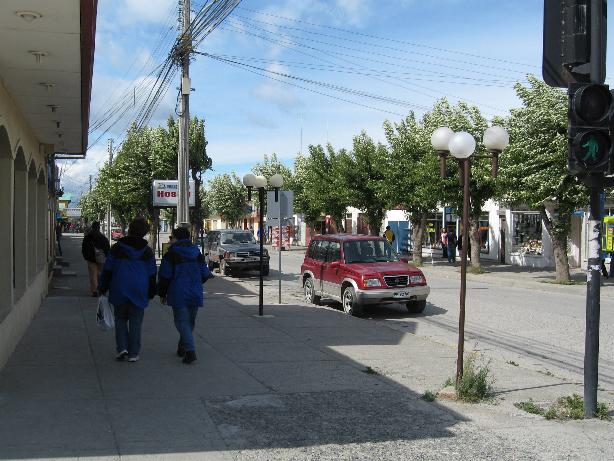
Street scene
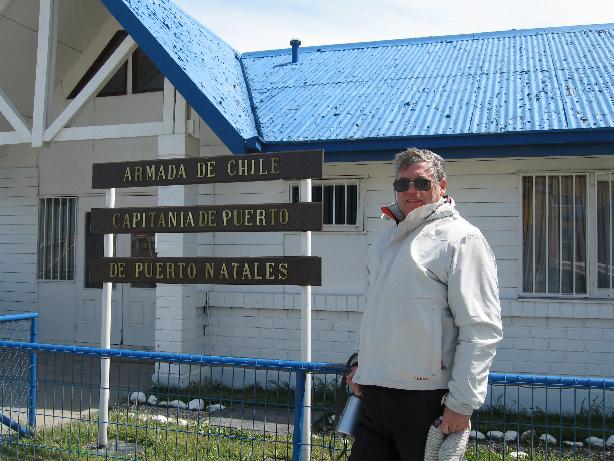
On the way to Punta Arenas Chile - 13 Dec 2006
We made our way through the Paseo de las Montañas early in the morning as we steamed south to our disembarkation port. We passed the wreck of a ship that struck a rock and sank in 1998.
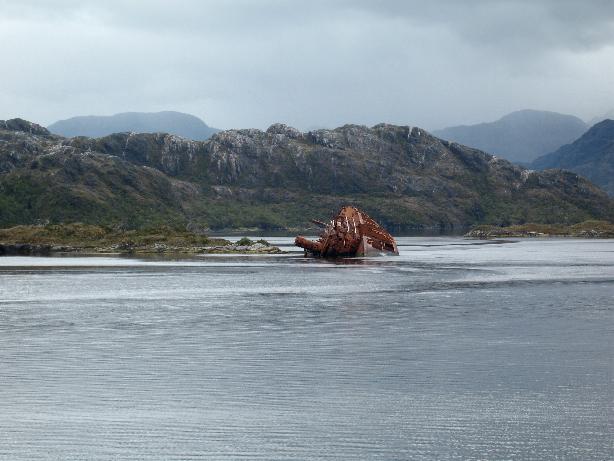
Shipwreck that struck a rock and sank here (52.478°S 73.638°W)
Serrano Sound - 14 Dec 2006
The ship went into Serrano Sound which it had never visited before. There was an Italian ship who ran into problems with the Chilean Customs people in 1912. It entered this sound to hide. It stayed there until 1914 when WWI broke out and the Italian government negotiated the release of the ship. The Chilean Navy had been searching for this ship in the Beagle Channel, just the oher side of the hills. One of the islands there is named d'Augostini. The water in the sound has very little oxygen so no fish can live there. We were able to take a Polar Cirkel boat excursion to examine the glaciers up close.
After this we proceeded to Tucker Islet, where there is a rookery for Gentoo Penguins and a nesting area for cormorants.

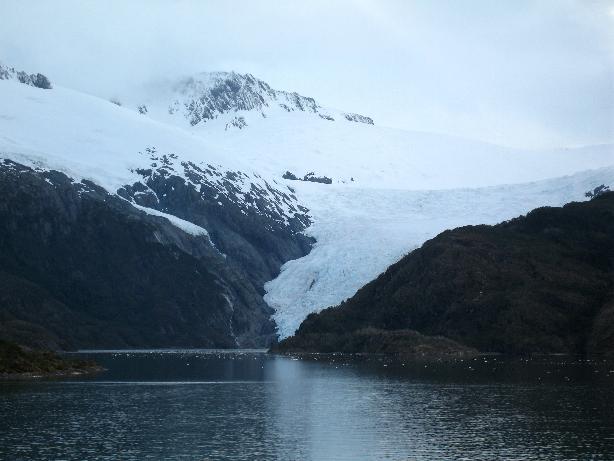
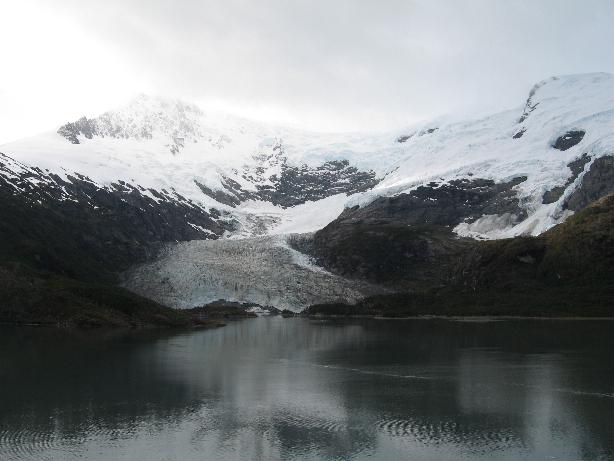
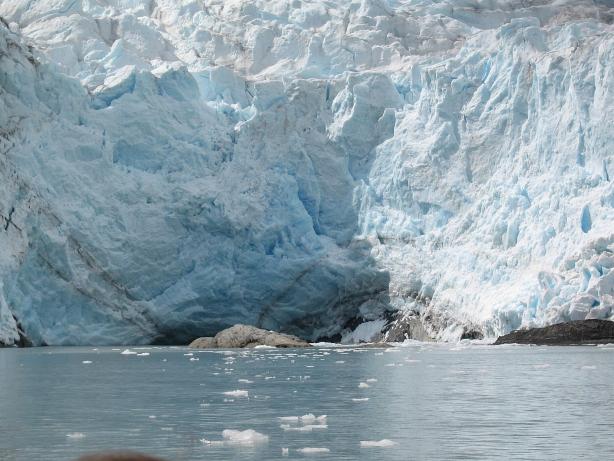
Serrano Sound and its glaciers
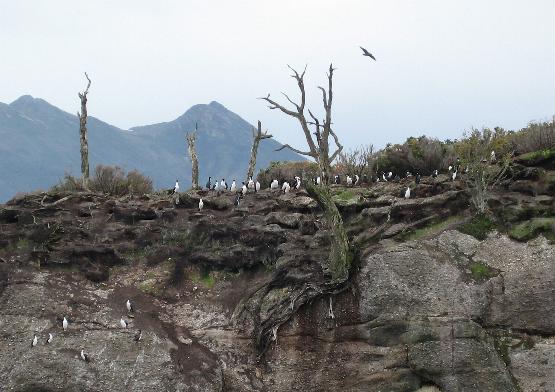
Cormorants on Tucker Islet
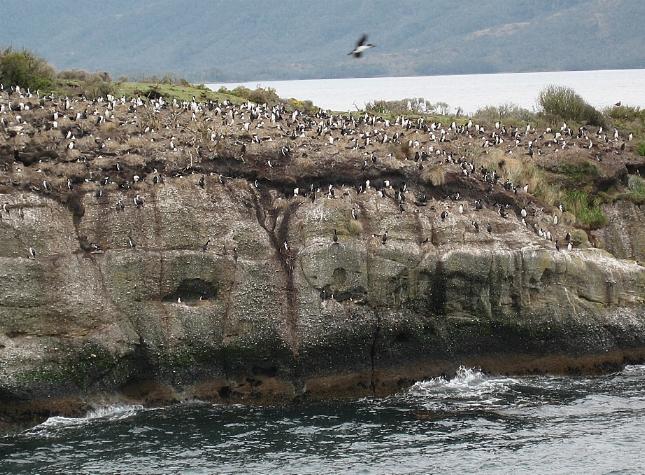
Penguins and Cormorants on Tucker Islet
Punta Arenas, Chile - 15 Dec 2006
Our expedition concluded in Punta Arenas Chile, the capital of Region de Magallanes y la Antártica Chilena. The name translates to "Sandy Point" which was the original name given by the British. The first real settlement came into being in 1843. The population is over 120,000 people.
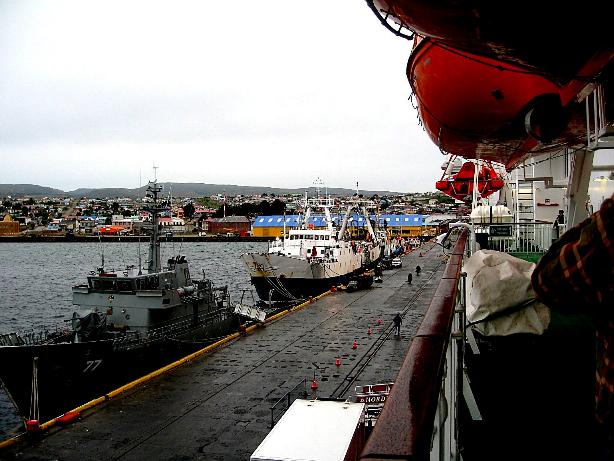
Tied up at the Navy Pier
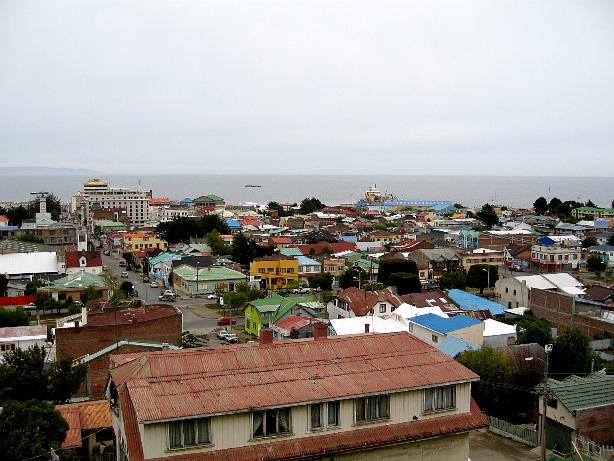
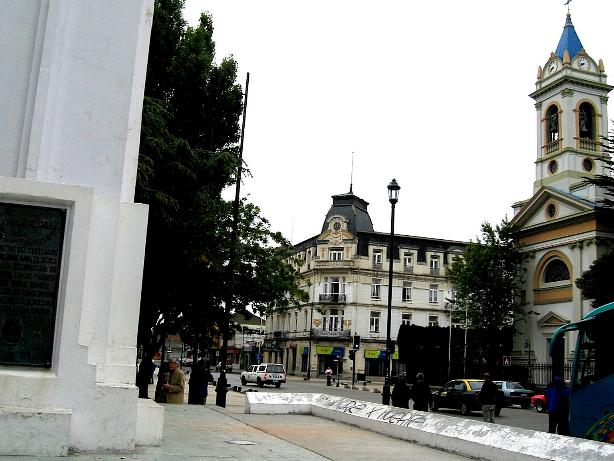
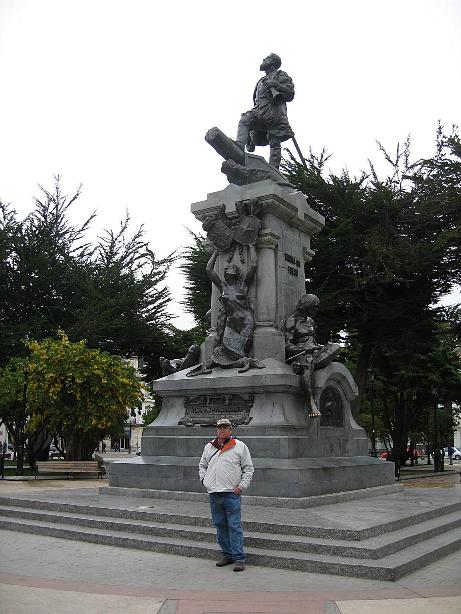
Hernando de Magallanes (Ferdinand Magellan) statue on Plaza de las Armas
Santiago, Chile - 15-17 Dec 2006
We flew from Punta Arenas to Santiago. We were quartered in the Intercontinental Hotel in the Los Condes district.
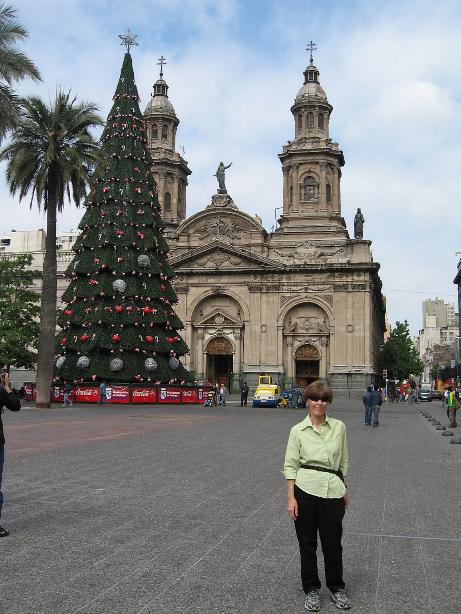
Marilyn on Plaza de las Armas in front of Cathedral
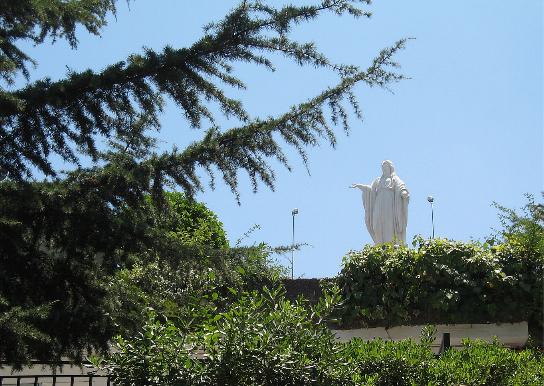
La Virgen del Cerro San Cristóbal
RETURN to Home